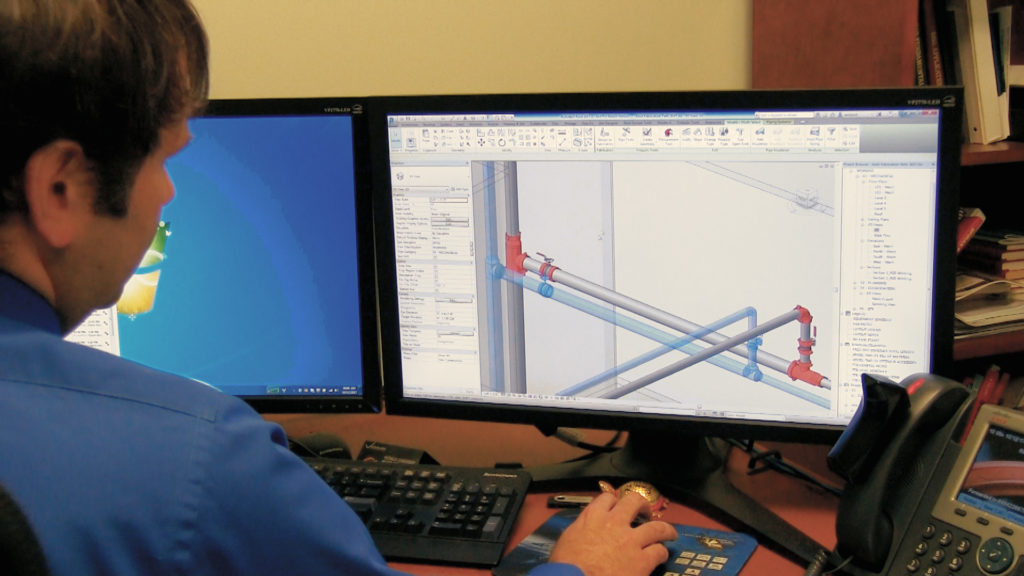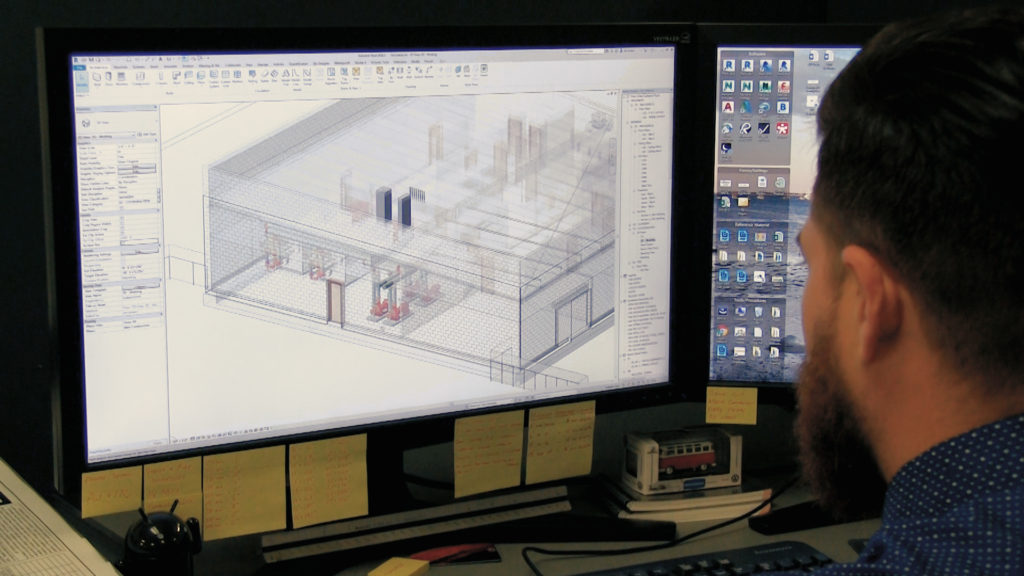& Construction

Integrated BIM tools, including Revit, AutoCAD, and Civil 3D
& Manufacturing

Professional CAD/CAM tools built on Inventor and AutoCAD
2 min read
How do I make my transition from AutoCAD to Revit a success? The task seems daunting. Everything “feels” different in Revit and adoption seems like it may take forever. Victaulic shares their Revit transition success story, and showcases the real life benefits that they have seen from their global Revit transition.
In 2014 we made the decision to transition our 80-person drawing team from AutoCAD to Revit. We knew that Revit was the best piping design software available, and with many of our customers already focused on BIM processes and workflows, it was clear that we needed to adopt the software if we wanted to stay at the forefront of construction technology.
Considering our large global team, the Revit transition had to be done strategically to ensure that projects were still being completed, while giving our team the time needed to fully realize the benefits of Revit.
We began our Revit transition by first selecting Revit power users, training a select group of individuals on how to use Revit, and then enabling them to be peer Revit advocates among the team. The Revit power users later became implementation team leaders, training their peers on how to use the software, and showcasing the benefits through their own Revit pilot projects.

Within months, it was clear that the road to Revit transition success was underway. Workflows were streamlined, coordination with other trades became more efficient, and the models were easier to visualize.
With the positives we also noticed some clear opportunities to take Revit to the next level within the architecture, engineering and construction (AEC) space. With an internal developer on staff, we were able to develop a software add-in for Revit that was tailored to pipe routing in the AEC market. This Revit add-in provided us with more efficient pipe routing tools than what was available at the time through Revit’s native software, making our transition from AutoCAD to Revit less cumbersome and substantially reducing our pipe routing time on each project.

By 2015 our team had fully transitioned to Revit. We started using BIM 360 for global BIM collaboration, and released our home-grown Revit add-in to the larger AEC community, Victaulic Tools for Revit™.
Today, we are an Autodesk Partner, and can be found speaking at Autodesk University conferences each year. To say we have become advocates for the benefits of Revit is an understatement. This is truly due to the efficiency gains and BIM process improvements that we have realized through this tool.
Though the Revit transition may seem overwhelming, take the first step and dive in. Soon, you will be writing your own Revit transition success story. And if you need any guidance in your transition, Victaulic is only a phone call or email away. We are here to help with your Revit transition success!
By clicking subscribe, I agree to receive the AEC newsletter and acknowledge the Autodesk Privacy Statement.
Success!
May we collect and use your data?
Learn more about the Third Party Services we use and our Privacy Statement.May we collect and use your data to tailor your experience?
Explore the benefits of a customized experience by managing your privacy settings for this site or visit our Privacy Statement to learn more about your options.